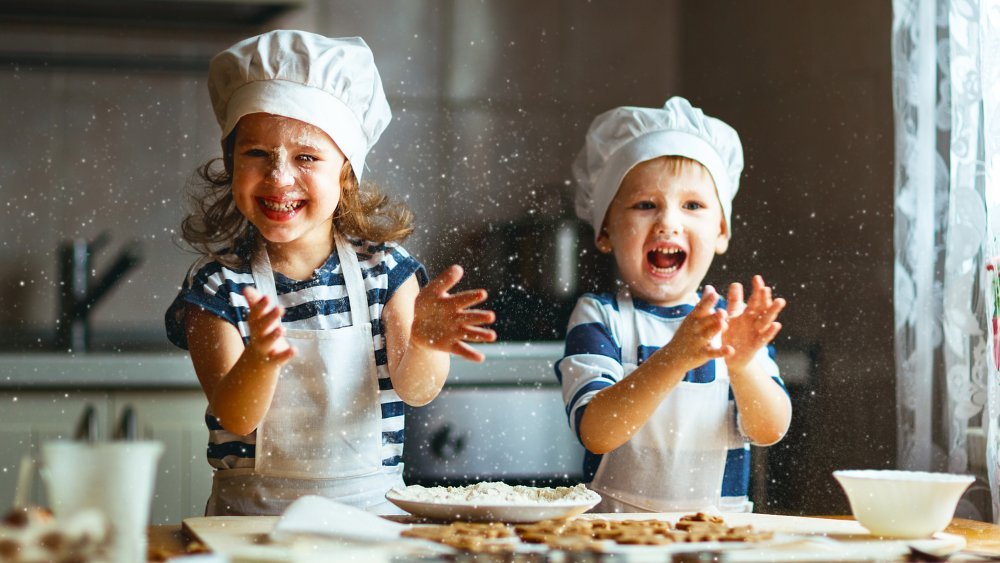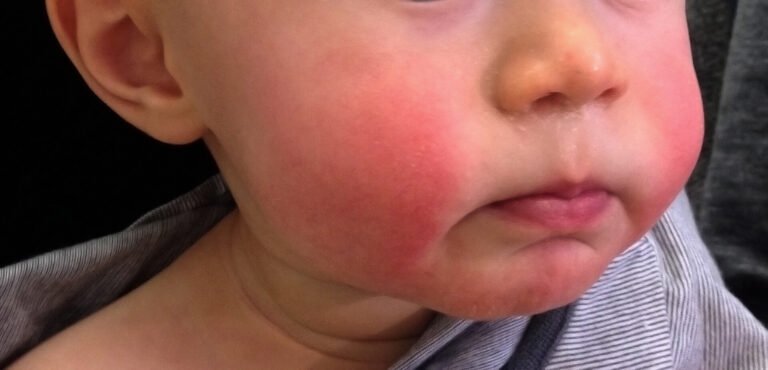Looking for a fun, sensory-rich activity that also teaches your child valuable life skills? This hands-on Montessori bread baking activity for kids is more than just a kitchen project—it’s a powerful way to develop motor skills, introduce early math, and spark creative thinking. Whether you’re a homeschooling parent, a caregiver, or simply a family that loves meaningful activities, this Montessori-style experience will leave your little one feeling proud, focused, and engaged.
What Your Child Learns Beyond the Kitchen
While your child is kneading dough and watching it rise, they’re also:
- Strengthening fine motor control
- Practicing concentration and patience
- Exploring measurement and cause-and-effect
- Engaging in early writing (if documenting the recipe)
Activity Goals
Indirect Goals:
Direct Goal:
- Encourage writing (e.g. creating a recipe journal or illustrated cookbook)
- Stimulate fine motor skills
- Improve concentration and attention span
- Make early math fun and hands-on (measurement, volume, adjustments)
- Prepare homemade bread from scratch!
Materials You’ll Need
- 3 small teaspoons (one for yeast, one for sugar, one for salt)
- A measuring glass
- A mixing bowl
- A clean work surface for kneading
- A damp cloth
- A small bowl (for dissolving yeast)
- A larger bowl (for dough rising)
- A brush (to wet the dough before baking)
- 280g organic T65 flour
- 1 packet of yeast
- A pinch of sugar and salt
- Warm water
Note: Keep salt and yeast separate until mixing—salt can weaken the yeast if added too early.
Step-by-Step: How to Bake Bread with Your Child
- Activate the Yeast
Place 1 tsp of yeast in a bowl. Add 100 ml of warm water and a pinch of sugar. Let it sit undisturbed to activate. - Prepare the Flour
In a mixing bowl, pour 250 g of flour. Add a pinch of salt and mix well. Create a well in the center. - Mix It All Together
Stir the yeast mixture gently, then pour it into the well. Using a spoon, mix from the center outward until a dough forms. - Adjust Consistency
If too sticky, add a bit of flour. If too dry, add a small amount of water. Once it starts coming together, flour your hands and begin kneading. - Knead the Dough
Transfer dough to a floured surface. Show your child how to flatten, roll, fold, and flip. Knead for about 10 minutes until soft and elastic. - Let It Rest
Place dough in a bowl, cover with a damp cloth, and let it rise for 12–20 minutes. You can do multiple kneads with rests in between for fluffier bread. - Prepare for Baking
Preheat oven to 250°C with a bowl of water inside to create steam. Brush dough with water and sprinkle flour on top. Score with a cross or create custom patterns! - Bake the Bread
Bake at 250°C for 10 minutes, then lower to 180°C for another 10–15 minutes depending on dough size. Watch the crust rise and brown!
Bonus Activity: Create a DIY Recipe Book
Encourage your child (or a sibling) to:
- Document each step with drawings or photos
- Write out the recipe in their own words
- Compile it into a “Home Baking Journal”
This helps reinforce sequencing, memory, and language skills—and it’s a keepsake they’ll treasure!
Why This Activity Matters
This activity:
- Combines tactile, visual, and logical learning
- Encourages autonomy and responsibility
- Offers stress-relief through sensory play
- Builds appreciation for the effort behind everyday foods
When children experience the full process—measuring, kneading, watching it rise—they learn patience and gain confidence in their abilities.
Extend the Learning
Here are a few fun ways to keep the momentum going:
- Try different flours or add herbs to experiment with taste
- Turn it into a math game (e.g. doubling the recipe)
- Research how bread is made in different cultures
- Share the bread with others—building empathy and pride
Final Thoughts: A Beautiful, Sensory Journey
Making bread isn’t just about food—it’s about slowing down, learning something new, and bonding with your child. You’re not just baking—you’re building memories, skills, and confidence.
So roll up those sleeves and enjoy this simple yet deeply enriching Montessori bread baking activity for kids. Don’t forget to let your child take the first bite!



